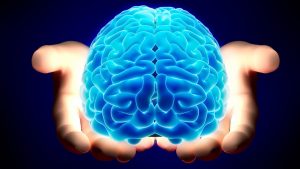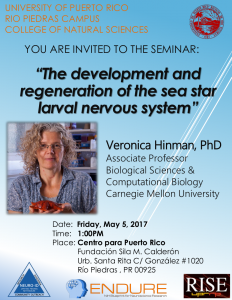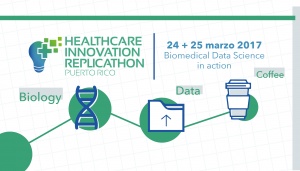Descripción del curso
Este curso es un curso intermedio sobre conceptos estadísticos y competencias de programación en el lenguaje de programación R para análisis de datos masivos (“Big Data”). En la primera parte del curso, se revisarán conceptos básicos de la Inferencia Estadística, incluyendo distribuciones de probabilidad, Teorema del Límite Central, intervalos de confianza y pruebas de hipótesis haciendo uso intensivo de R . Posteriormente, se estudiarán modelos lineales comúnmente usados para inferencia estadística. Para ello, se introducirán conceptos fundamentales de álgebra matricial requeridos para la representación y manejo de modelos lineales, así como técnicas de inferencia (estimación, pruebas de hipótesis y diagnósticos) para los mismos. Se discutirán los conceptos de interacción y contraste, y cómo realizar inferencia sobre los mismos. Finalmente, se discutirán varios tópicos estadísticos relevantes para el análisis de grandes volúmenes de datos, incluyendo problemas de múltiples pruebas de hipótesis, tasas de error, procedimientos para control de las tasas de error, tasas de falsos descubrimientos, valores q y métodos exploratorios para grandes volúmenes de datos. Se introducirán conceptos de modelización estadística y su aplicación a grandes volúmenes de datos, discutiendo en particular modelos probabilísticos paramétricos y técnicas de estimación de parámetros. Todo el contenido se discutirá en casos prácticos usando R para programación y análisis de datos.
Este curso expande los cursos PH525.1x: Statistics and R, PH525.2x Data Analysis for Life Sciences 2: Introduction to Linear Models and Matrix Algebra , PH525.3x Data Analysis for Life Sciences 3: Statistical Inference and Modeling for High-throughput Experiments de la secuencia de cursos diseñada por el Prof. Rafael Irizarry (Biostatistics, Harvard University) para HarvardX en http://www.edx.org.
Objetivos del curso
Al finalizar del curso el estudiante podrá:
- Identificar variables aleatorias con distribución normal y binomial, y calcular probabilidades asociadas con ellas.
- Usar el Teorema del Límite Central para calcular probabilidades asociadas al promedio de grandes cantidades de datos.
- Calcular e interpretar p-valores para pruebas de hipótesis asociadas con medias de distribuciones normales o con grandes cantidades de datos.
- Calcular e interpretar intervalos de confianza para las situaciones indicadas en 3.
- Interpretar la potencia de una prueba de hipótesis
- Usar gráficos adecuados para resumir la información en un conjunto de datos.
- Usar notación matricial y realizar operaciones entre matrices.
- Usar notación matricial para representar modelos lineales y usar operaciones entre matrices para ajustar dichos modeloss
- Realizar inferencia sobre modelos lineales, e interpretar términos de interacción y contrastes.
- Aplicar técnicas para control de errores en el problema de múltiples pruebas de hipótesis simultáneas.
- Aplicar técnicas de inferencia para distintos modelos probabilísticos.
- Aplicar técnicas para la exploración de grandes volúmenes de datos.
Estrategias instruccionales
Se usarán estrategias al estilo del Flipped Massive Online Course. Se usarán el primero, segundo y tercer curso de la serie “Data Analysis for Life Sciences” en el site edX de Harvard creado por el Prof. Rafael Irizarry, denominados “Statistics and R”, “Introduction to Linear Models and Matrix Algebra” y “Statistical Inference and Modeling for High-throughput Experiments”.
Bibliografía
- Libro de texto: Data Analysis for the Life Sciences. Rafael Irizarry and Michael Love (disponible en http://www.leanpub.com)
- Software for Data Analysis: Programming with R (Statistics and Computing) by John M. Chambers (Springer)
- S Programming (Statistics and Computing) Brian D. Ripley and William N. Venables (Springer)
- Programming with Data: A Guide to the S Language by John M. Chambers (Springer)
Referencias Electrónicas
- R reference card (PDF) by Tom Short (more can be found under Short Documents and Reference Cards here)
- Quick-R: Quick online reference for data input, basic statistics, and plots
- Thomas Girke’s R & Bioconductor manuals
- R programming class on Coursera, taught by Roger Peng, Jeff Leek, and Brian Caffo
- The free “try R” class from Code School is also a good place to start: http://tryr.codeschool.com/
- swirl: learn R interactively from within the R console






